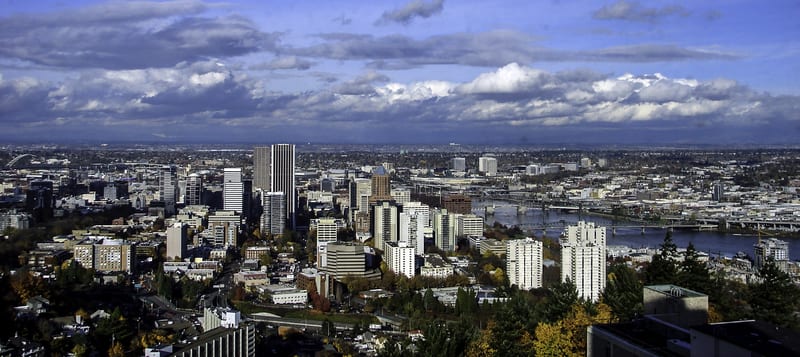Well, this is interesting…
Plastic straws have been in the news lately, and not for anything good. People want to get rid of them, and consumers have been encouraging businesses and consumers alike to get on board in order to start trying to mitigate single-use plastics’ devastating effect on the world’s marine ecosystems.
But plastic straws only make up about .02% of ocean waste – not that much, in the scheme of things.
It turns out, that there’s a much bigger enemy to ocean life: cigarette butts.
According to an NBC News report, cigarette butts are the number one human contaminant in the ocean, but they have not, thus far, been significantly regulated.
The filters on cigarettes are made of cellulose acetate, which takes more than a decade to decompose. 60 million cigarette butts have been collected on the world’s beaches since 1986.
Cigarette makers invented the filters to alleviate health concerns (lol), but they created a concurrent pollution problem because smokers “flick” their butts – a habit no anti-littering campaign has been able to curb.
The Cigarette Butt Pollution Project hopes they can finally change attitudes with their new campaign.
“Cigarette butt waste has polluted our beaches, parks, and communities long enough – it’s time to take action!”
The U.S. government has attempted to curb the problem here and there, but legislation proposing to ban filters or raise the costs of cigarettes to cover the clean-up have sputtered and died.
A theme park in France has trained ravens to pick up cigarette butts in exchange for treats, but, though awesome, that’s not exactly a global solution.
As with the campaigns against plastic straws, it’s going to take a concentrated, sustained, and – most important – publicly supported effort to reduce the number of cigarette filters that end up in the oceans.
Do your part, and also…maybe don’t smoke in the first place? Because cigarettes kill more than marine life.
Just sayin’.
The post Plastic Straws Aren’t the Biggest Offenders When It Comes to Oceanic Plastic Pollution appeared first on UberFacts.
 ~ ~ ~ #collage #plastic #preciousplastic #plasticart #plasticpollution #pollution #plasticwaste #plasticfree #zerowaste #ecofriendly #environmentalism #trashart #trashtag #trash #stopplasticpollution #waste #collage #colour #changeourways #cleanup #beachcleanup #plasticfreejuly #plasticocean #cigarettebutts
~ ~ ~ #collage #plastic #preciousplastic #plasticart #plasticpollution #pollution #plasticwaste #plasticfree #zerowaste #ecofriendly #environmentalism #trashart #trashtag #trash #stopplasticpollution #waste #collage #colour #changeourways #cleanup #beachcleanup #plasticfreejuly #plasticocean #cigarettebutts . #cigarettebutts #cigarette #pollution #airpollution #savetheearth #saveenvironment #saveanimals #ecofriendly #ecosystem #biodiversity #smokingkills #smoking #dontsmoke #microplastics #plastic #plasticpollution #plasticfreeliving
. #cigarettebutts #cigarette #pollution #airpollution #savetheearth #saveenvironment #saveanimals #ecofriendly #ecosystem #biodiversity #smokingkills #smoking #dontsmoke #microplastics #plastic #plasticpollution #plasticfreeliving
 How many
How many  for this great idea
for this great idea  ? . . . . Follow @earth.healerr for more . . .#italy
? . . . . Follow @earth.healerr for more . . .#italy


 #sunset #stormysky #stormyskies #irishsea #england #northwestcoast #windenergy #megawatts #engineering #power #electricity #generating #offshore
#sunset #stormysky #stormyskies #irishsea #england #northwestcoast #windenergy #megawatts #engineering #power #electricity #generating #offshore Please follow for more
Please follow for more

